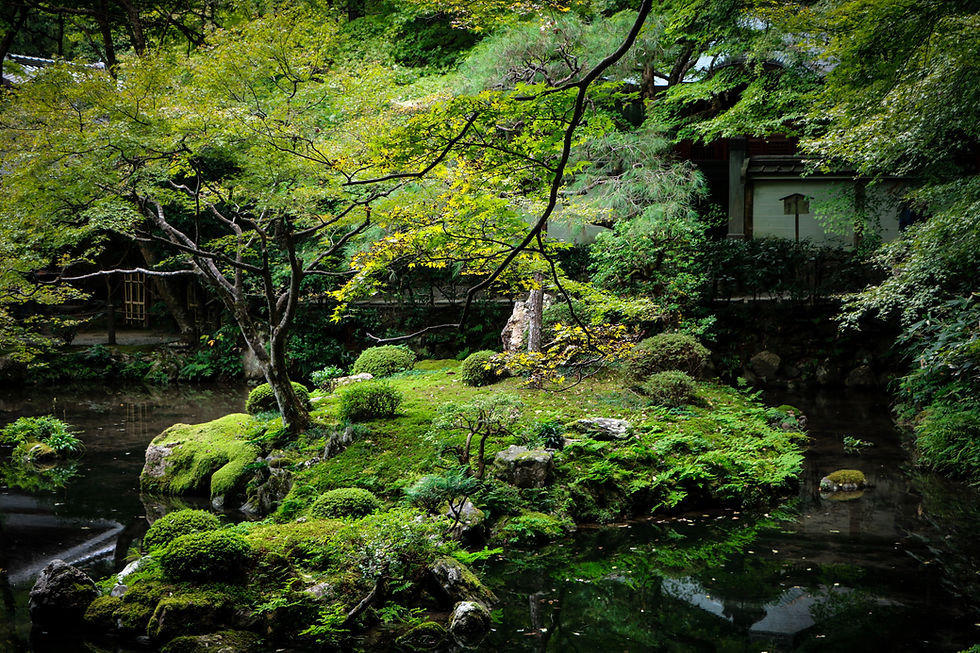The Comfort of Birds by Elizabeth Bird
- Ariel's Dream

- Dec 31, 2022
- 3 min read
Updated: Feb 12, 2023

Photo by Graham Tobin
The Comfort of Birds
Creative Nonfiction
10-Word Challenge Winner 2022
The first time I saw the shimmer of a hummingbird, delicately sipping from our firecracker bush, I was entranced. There was something so tropical about the flash of its ruby throat and green cap in the late afternoon. It bustled from flower to flower, finally shooting upward, where I lost sight of it against the darkening sky.
The avian world of Florida remains stunningly exotic, even after decades. Growing up in England, I grew used to a different cast of characters, clustering on our feeder or foraging among our flower gardens. Blackbirds, thrushes, yellow-hammers, finches, and robins – the tiny, hopping Christmas-card variety, not the sturdy harbingers of an American Spring. Colorful blue tits, coal tits, great tits – beloved by birdwatchers and 12-year-old boys with smutty minds. Beautiful and familiar.
Florida birds seemed amazing in comparison. The first visitor to our feeder was a red-bellied woodpecker; I rushed for my camera, only to learn that our tree canopy teems with them, along with smaller downy and hairy cousins who take their turns at the nuts. Scarlet cardinals and raucous blue jays, silver-gray catbirds that glow purple in the sun. Tiny wrens, who sing with an intensity that belies their size – we still marvel at the richness of our own back yard.
Wetlands offer their own magic. At water’s edge we learned to spot night herons in the mangroves and follow the flight of the outlandishly pink spoonbill, ungainly stork, and stately blue heron. White ibises, begging for bread like spindly pigeons, have lost their allure, but the smooth, blue gleam of their glossy relative still thrills. My photographer husband captured a snowy egret with its breeding feathers spread gloriously around it, reminding us why their plumes once sold for twice the price of gold.
And then there’s the osprey. In the 1970s, a mere 14 pairs survived in Britain, a once flourishing population all but wiped out by the combined attack of pesticides and egg-hunters. Re-introduced in the 1990s, they have a current but fragile foothold. Their nests are patrolled, their lives followed on webcams. Here we see their nests atop every light-pole on the bay. In parks minutes from home, we watch them plunge for fish and devour their catch within feet of us. Chicks pop up from the nest to captivate us. We still can’t quite get over it.
A bird even helped us through the dull days of lockdown, as the first pandemic year drifted into the next. We heard her call in the night, and when we stepped outside one morning, there she was. A barred owl, fluffing her elegantly striped feathers, settled among the leaves of our old live oak. Just hanging out in the daylight, digesting the spoils of a night’s hunting. She returned almost daily, a gift that seemed fantastical in that strange time, offering a leap of faith to the future.
That Spring, she left us to breed elsewhere. We miss her, but still hear her call, alongside our wren’s song and the chirrup of our nest of cardinals. On a recent trip “home,” we watched a haughty heron, peacefully fishing for seafood on an English estuary. As the sun glinted on its silvery feathers, it was the image of its blue relative we have grown to love across the ocean.

Photo by Graham Tobin
The Author
A retired Professor of Anthropology, Elizabeth Bird has published seven books (most
recently Surviving Biafra: A Nigerwife's Story), and now focuses on creative non-fiction. Her work appears in Under the Sun (winner, Readers' Choice Award 2022), Tangled Locks, Biostories, Streetlight, The Guardian, and elsewhere. She placed third in the 2022 International Human Rights Art Festival's Creators of Justice Literary Awards.

Elizabeth Bird






Comments